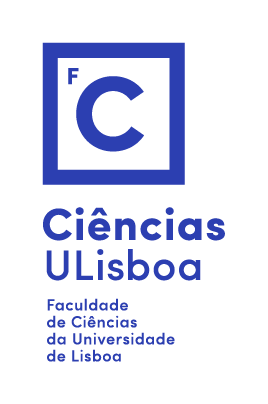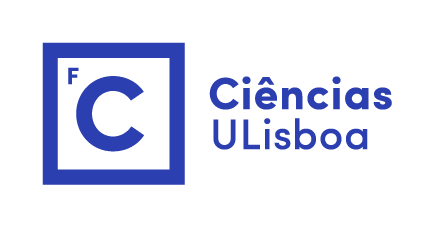Speaker: César Rodrigo (EST Setúbal, CMAFcIO).
Abstract: Classical numerical schemes for field theories are usually described in terms of a linear finite element space, assuming the existence of a linear structure that is fundamental for the numerical algorithm. In a non-discrete (smooth) setting, gauge field theories are defined on principal bundles, and have a rich geometric structure that leads to Noether conserved currents but is, in general, incompatible with any linear structure. This is a reason for the lack of energy-conservation properties in several numerical integration schemes for field theories. Key elements in the smooth geometrical formulation of such physical models are the reduction by some Lie group, or a trivialization choice that allows to identify each bundle fiber with a Lie group. Invariance of the theory from a "gauge" choice shows that the natural space to formulate the corresponding physical laws is a bundle of principal connections, possibly coupled with an associated bundle. In this talk we shall present geometrical tools that allow to discretize, linearize, trivialize, and reduce gauge field theories, relating the continuous and discrete models by forward difference operators that are covariant for the action of the structure group. The movement of an elastic rod can be reduced to a principal connection on a trivial principal bundle modeled on the group SE(3). The dynamics of elastic rods is characterized by a choice of two metrics on the Lie algebra, to represent the inertia and elastic components of each rod element, an auxiliary principal connection that represents the minimal energy configuration of the rod, and an additional function to represent forces acting on the rod. We use our discretization tools to generate a family of discrete models for the rod, and present a numerical scheme for the integration of the elastic rod dynamics. The geometrical nature of the tools ensures then corresponding energy conservation properties.
Zoom Meeting | Meeting ID: 799 297 2871

